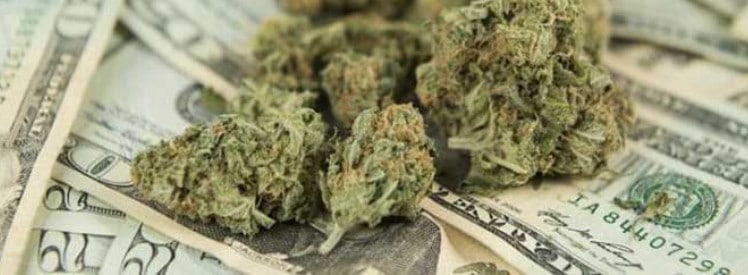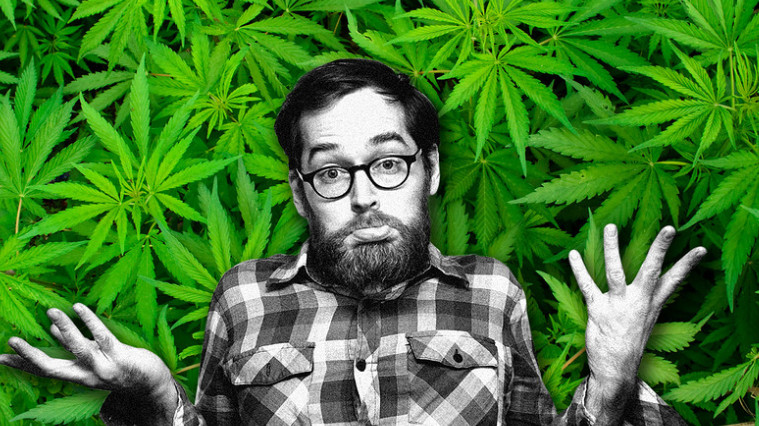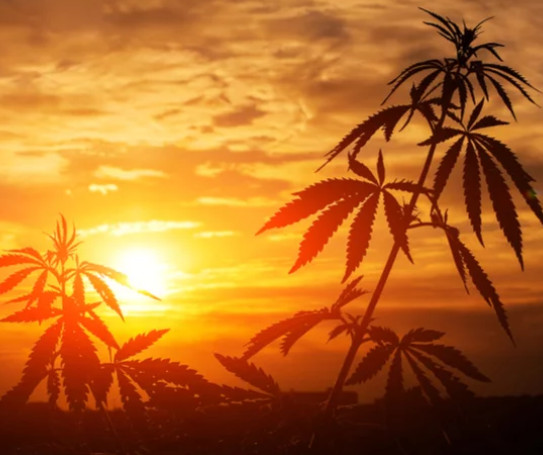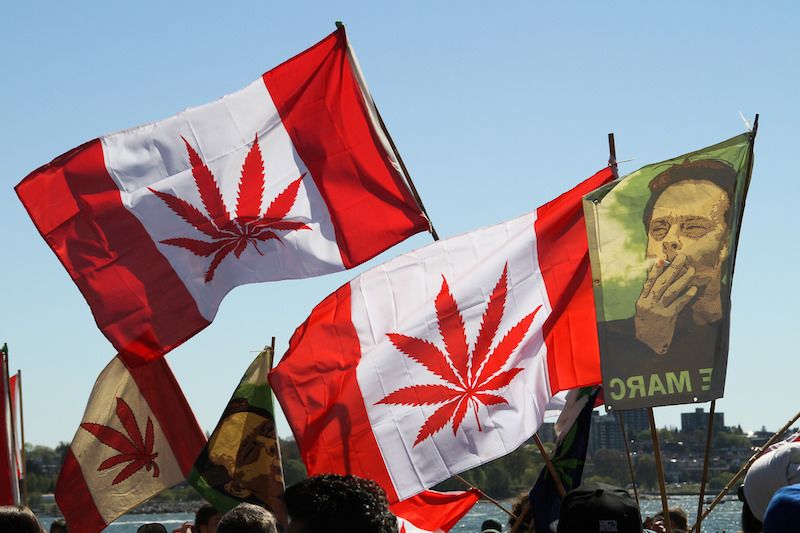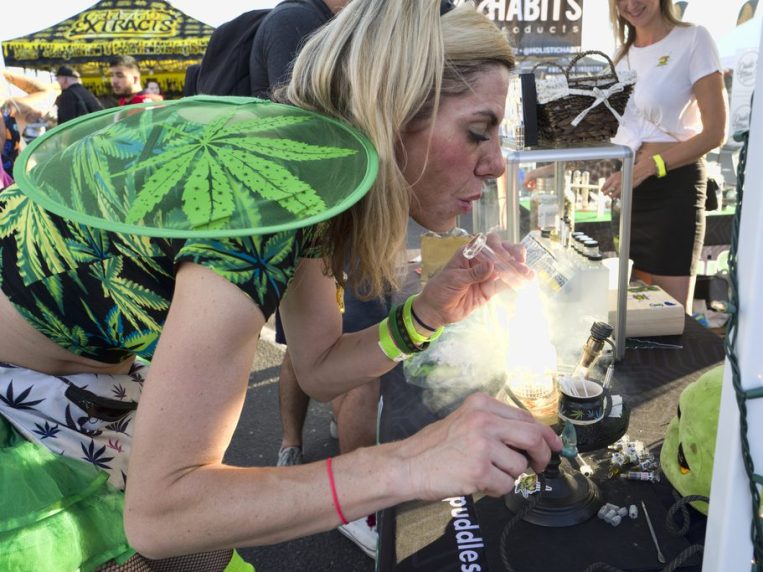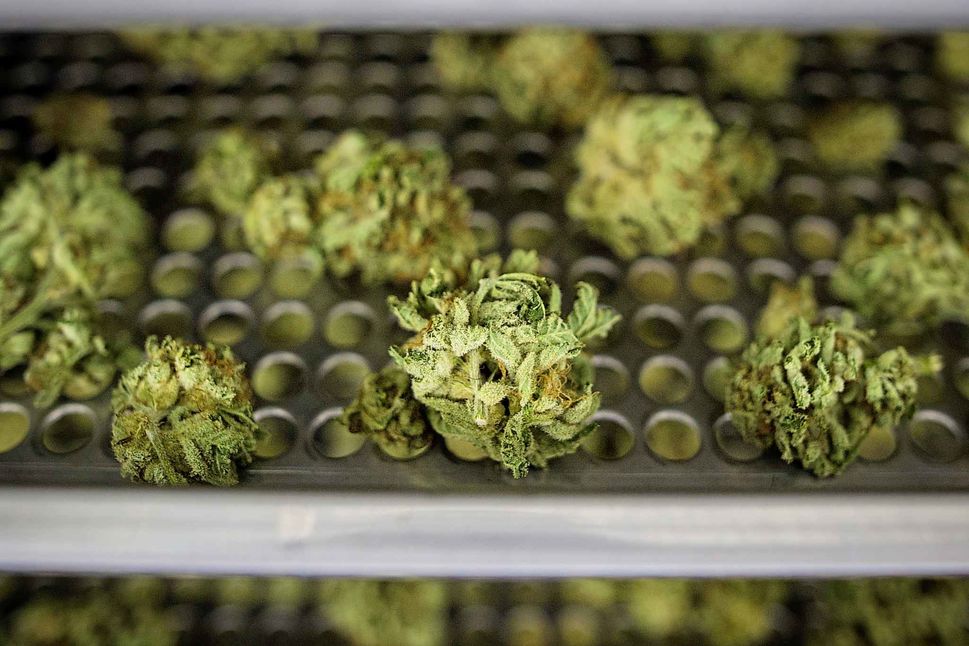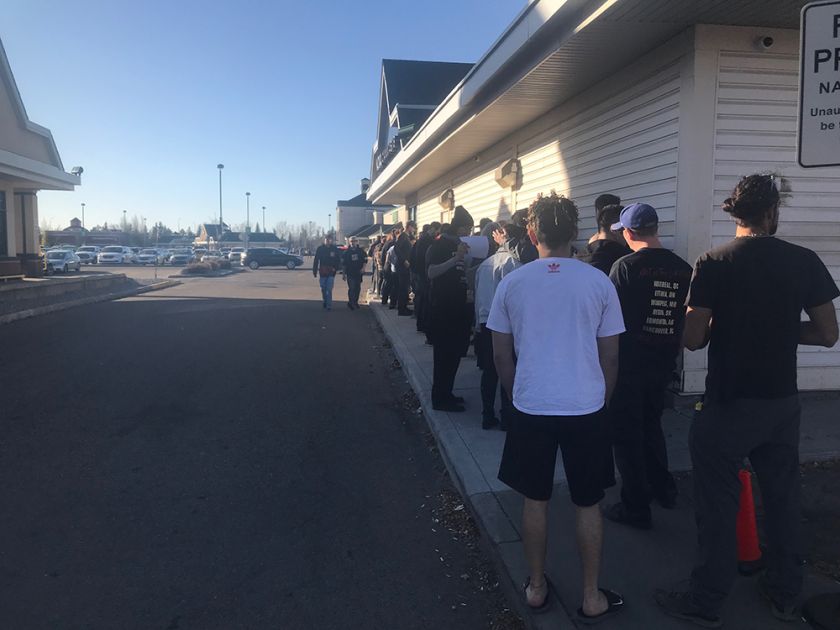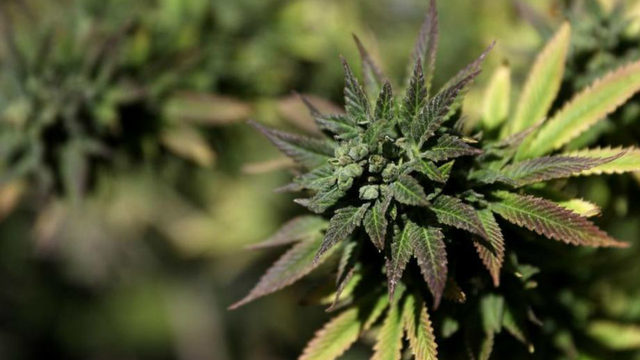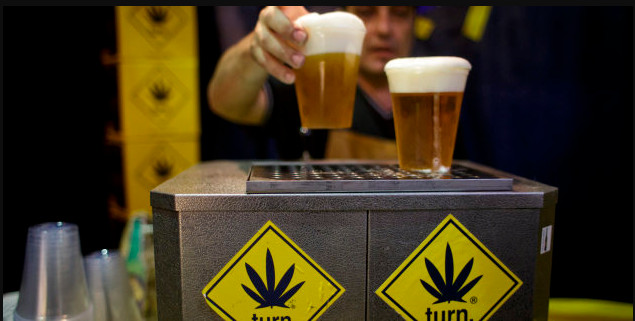With the national legalization of cannabis likely just around the corner for the US, various drinks industry players are seeking distribution models that won’t harm current alcoholic-beverage sales. The most straight-forward solution is likely to be handing cannabis distribution over to the current set of mega wine and spirits distributors as they already have nationwide delivery and storage vehicles in place.
Such a move would definitely line the current wholesalers’ pockets, as has been proven across the border in Canada where select wholesalers have already jumped into the marijuana distribution business where it is federally legal. Major wholesale kingpin Southern Glazer’s has dipped its hands into the cannabis pot with its subsidiary Great North Distributors’ investment in marijuana producer Aphria.
While it is clear there is interest on the wholesalers’ part to make this move, once weed is federally legal, few have actually approached the US government to lay out a practical roadmap of how it might work.
The Wine & Spirits Wholesalers of America (WSWA) made a presentation to members of Congress in early December as to how nationally legal and state-regulated distribution of cannabis might look. They have been, as an off-the-record source noted, one of the only entities to step up and try to take on the big, long-term picture for the national wholesale distribution of cannabis.
What’s the motivation?
Many wine industry members say that US wholesalers’ main interest in distributing cannabis is because it will clearly be profitable for them. It would also be convenient, although the two substances currently have to be delivered and – for the time being – consumed in separate places. That might change and bartenders in hip havens like Brooklyn are already experimenting with cannabis-infused cocktails and tinctures.
Wholesalers also maintain that they can likely keep the sales of cannabis safe and unadulterated as they have previously done for the wine and spirits industry. During WSWA’s presentation to Congress, “We shared our view that both alcohol and cannabis are intoxicants that have potential for impairment and misuse. Regulating them similarly is sound policy,” says Dawson Hobbs, WSWA’s senior vice president of government affairs.
He goes on to say that, “WSWA has advocated that, similar to alcohol, the federal government should give states the power to legalize cannabis, if voters or legislators decide so. And, to end the conflict between the federal and state governments that currently exists; we believe legalizing [it] should include regulations similar to those governing the alcohol industry.”
Other experts and regulators in the wine business concur that WSWA’s plan might actually be a good business model. “The production and distribution model for alcoholic beverages is a solid and tested business model. The industry is well trained to understand how to distribute a highly controlled product with a track and trace distribution system. Also, cannabis in many ways should be handled principally at the state level as alcohol is currently regulated,” says Robert Tobiassen, a Virginia-based attorney who consults on regulatory issues and was chief counsel at the TTB.
“They have been very interested in this for many years now, and have been eager to get their slice of that market. They think their members are well positioned to play the same role they have in states post-Prohibition to help structure the market of a previously illegal substance,” says John Trinidad, a partner in the Napa-based office of law firm Dickenson, Peatman & Fogarty.
Some of the market analysts also agree. New York City-based Stephen Rannekleiv, who is Rabobank’s global sector strategist for beverages, shares his belief that “lobbying for legalization of cannabis and arguing that it should go through the same three-tier system as alcohol, is the logical strategic move for them to make.”
What is more, if the two substances were regulated by the same entities they might not compete as much, although there is little evidence that they have thus far in states like Colorado where cannabis has been legal since 2014. “If cannabis were under the same regulatory system, it won’t have a competitive advantage over wine and spirits in terms of where it can be sold and how,” shares Christian Miller, the proprietor of the Berkeley-based Full Glass Research, a wine industry analyst.
If the wine and spirits wholesale establishment gains control of cannabis distribution, it will clearly profit from it regardless of whether they are genuinely able to make it safer or better regulated. “Wholesalers know cannabis legalization is coming nationwide and want to see it distributed and regulated exactly as alcohol via the three tier system. And they want the business,” says Tom Wark, the executive director of the Sacramento-based National Association of Wine Retailers.
He goes onto note that, “Whether cannabis impacts alcohol sales or not, wholesalers want to put themselves in the best position possible to control the distribution of the product. They are telling the feds that no other system outside of the three-tier system is capable of properly regulating cannabis distribution.”
Given that the wholesale tier is dedicated to advancing their own interests, notes Rob McMillan, the founder and executive vice president of the Silicon Valley Bank Wine Division, “it’s clear their activities in Washington are doing that.” He adds that in this case that means, “supporting the creation of laws that protect the opportunity for the wholesale tier to develop the same kind of distribution system with the cannabis industry that presently exists in wine and spirits industries.”
A view from the cannabis sector
Some executives in the cannabis business also think that the weed industry, and its brands, would benefit from being distributed by the current set of drinks wholesalers. “They are experienced and skilled at operating in a highly regulated industry, therefore if they apply their skill sets and knowledge base to cannabis they have the potential to be very successful,” shares Amy Oppedisano, creative marketing and branding manager at Blum Oakland, which was the country’s first publicly traded medical marijuana dispensary.
Oppendisano added that she doesn’t know whether it will eventually be legal “to order a cannabis beverage in a bar or restaurant alongside your meal and traditional cocktails, but we certainly hope so! The alcohol industry does have much experience with national distribution and that is something that the cannabis industry does not have due to the fact that we cannot cross state lines [in the US].”
She thinks that a wholesale foray into cannabis distribution would help marijuana producers “shorten the learning curve if the state borders open up and allow many of the cannabis brands we’ve seen incubated in these small local jurisdictions go national. There is sizeable opportunity for companies with deployable capital to scoop up some of these brands and quickly scale them for national distribution using the logistical processes they are already using for wine and spirits.”
Having strong, nationally distributed entities behind weed brands could clearly benefit those brands, she says. “If state lines open up and the industry can operate in a similar manner to alcohol, some of these brands are poised for massive growth across the entire United States.”
This volume of distribution could also foster the emergence of cannabis appellations similar to those that already exist in wine. “We also foresee that certain regional appellations will become very valuable in the cannabis industry, for instance the Emerald Triangle in Northern California is a perfect growing environment for cannabis. We believe that the country will see certain areas and appellations being sought after due to the quality of the product per climate and other growing conditions.”
What the future might look like
Most industry sources think that cannabis will eventually be distributed by the current wholesale tier, as has been the pattern in Canada. “It is looking increasingly likely that cannabis legalization is just a matter of time. If and when it is legalized, the [wholesalers would] risk losing sales… unless they can benefit from cannabis distribution as well,” says Rannekleiv.
“Of course, not all cannabis consumption will cannibalize alcohol consumption, so adding cannabis [the distribution lineup] is also a means for distributors to add incremental growth,” he adds. “They need to find sources of incremental revenue and cannabis seem to fit that bill.”
Much of how the future of distribution will look will depend if wine and cannabis will ever be allowed to be consumed in the same place. If you look to Amsterdam, where weed has been legal for ages, as a model, they are still generally sold in different venues. However the current US distribution models are likely to evolve and change.
Credit: wine-searcher.com

